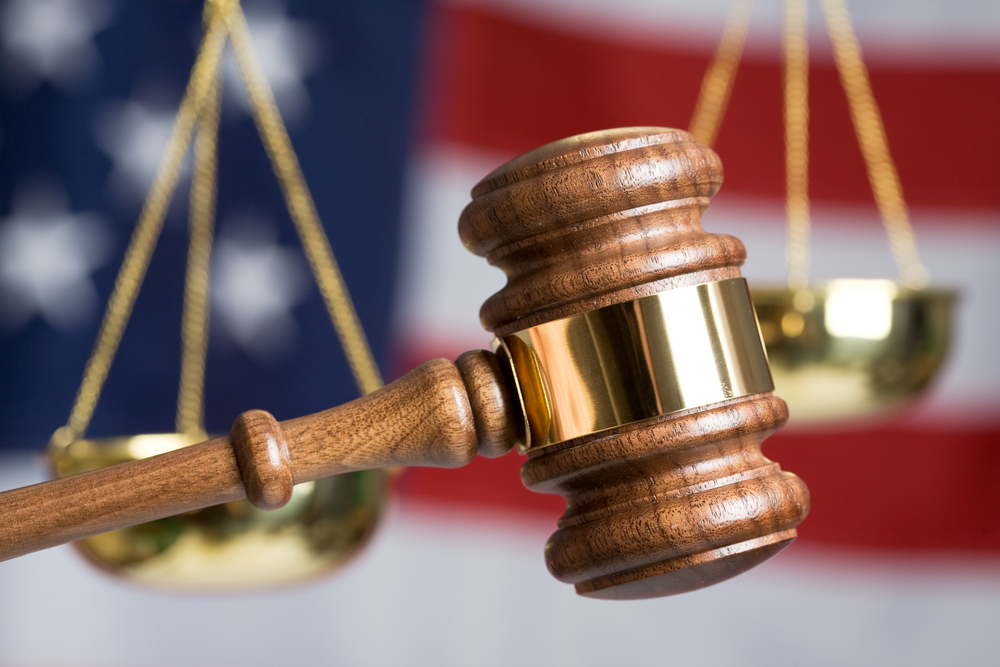Article 316 of the Criminal Code of the Russian Federation gives the concept of responsibility for concealing a crime. The guilty party is considered to be a subject who not only violated the law, but also a person who was noticed in harboring illegal acts. An exception is made to relatives, spouses, parents and children. Their silence is not a cover-up of crime.
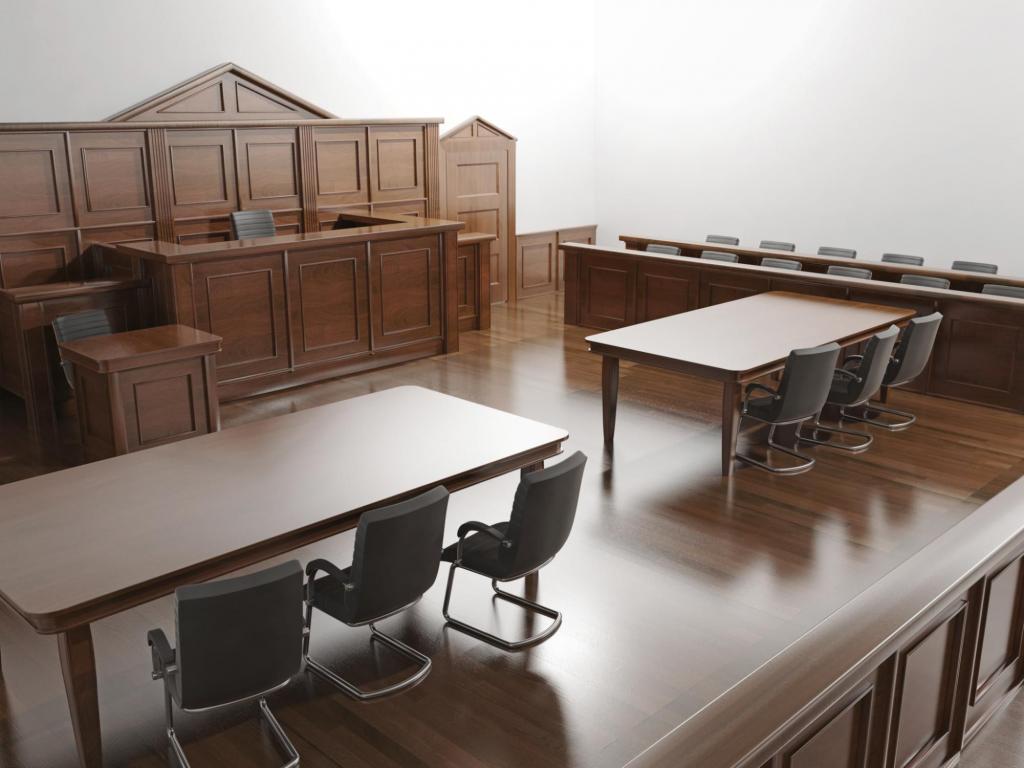
What harm does stealth do?
Crime is the scourge of our state. In this case, secrecy will not bring the laurels of heroism to the person who hides the criminal. Legislators are developing provisions in the Criminal Code to reduce banditry and the consequences that it brings. It is at least partially possible to overcome a negative phenomenon if criminal cases are disclosed, and punishment becomes the principle of inevitability. Concealment of a crime is a negative and dangerous factor that does not allow the judiciary to speed up the process of retaliation. All processes in life are interconnected. It is possible that a loved one will suffer sometime from the fact that the source of evil was not uprooted in a timely manner. State bodies are strong, and their actions are successful only in a single connection with the population, voluntarily provided assistance in all aspects. Concealment of crimes as a legal fact will noticeably decrease when a society is created that thinks in the following categories:
- helping justice is a civic duty;
- every normal person should have moral obligations to his own country;
- when the offender is convicted, he will not kill anyone else, will not commit violence.
In order for residents to actively support the activities of law enforcement agencies, very little is needed - trust.
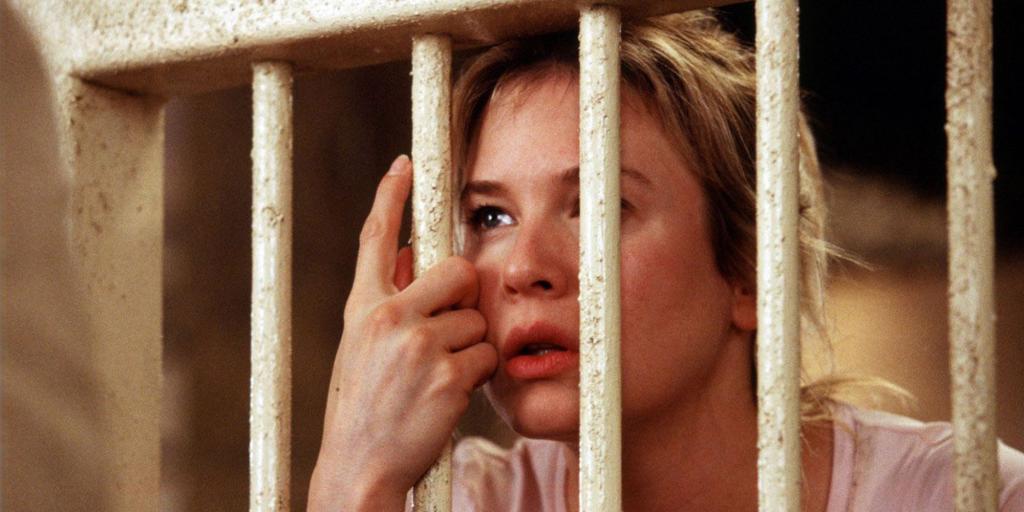
What indicators recognize the dramatization?
Concealment of a crime in the Criminal Code of the Russian Federation, like any unlawful act, has its own attributes. First of all, circumstances will indicate this phenomenon based on:
- events
- facts
- traces;
- behavior.
The characteristic of the concept is contradictory evidence in comparison between reality and falsehood. Distorting the facts, a person points to material objects that are reflected in his behavior. In this case, eyewitnesses may own information and bring information to the investigator. Investigators will work with the scene, real witnesses. There are many sources, so not always hiding the traces of a crime will lead to the desired goal. At the scene, signs reveal a lie:
- the traces will never completely disappear, if they really were, a real detective will surely find them;
- tossed up footprints of hands and lawyers are called traces of fictitious presence;
- counterfeiters cannot convey elements characteristic of the case; they lack a real form or quantity.
The investigation may drag on, go the wrong way until the details of the real facts are clarified. Delaying the process for a long time - this is the whole trouble and the goal of concealing the crime, and, of course, the desire to evade responsibility by all means if the criminal sweeps his own traces. It should be considered about completely different in responsibility, methods, goals, ways of concealment of acts. They are enclosed in a character. When a citizen conceals his own crime, gives false testimonies, disguises traces. Article 316 refers to misconduct committed by some individuals, while others tried to hide them, but did not agree on this in advance.
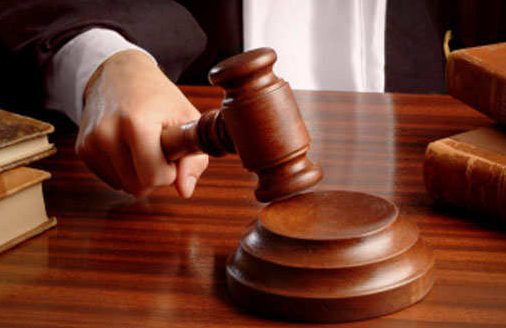
Case Studies
When the killer tries to imagine death as an accident, pushing the victim out of the window of the 10th floor, the facts are revealed:
- the distance between the wall and the corpse is not true;
- bodily injuries do not coincide with blows from falling;
- scattered things remain in the room that indicate a struggle;
- eyewitnesses of the incident appear.
The investigation team will surely find out all the inconsistencies of the facts with a re-enactment.
Firearm killing
The criminal, having destroyed his partner with a pistol under the influence of alcoholic vapors, is trying to create an environment where the victim shot himself, even composes a farewell letter on the computer. But facts are a stubborn thing:
- dead left-hander, and a shot on the right side;
- the time of death established by the pathologist does not coincide with the time of writing the note;
- the gun is not in the place where it should be;
- there are no powder traces on the hands.
Anyone who has concealed the crime will not be physically able to take into account the little things that the investigator will see with his experienced gaze.
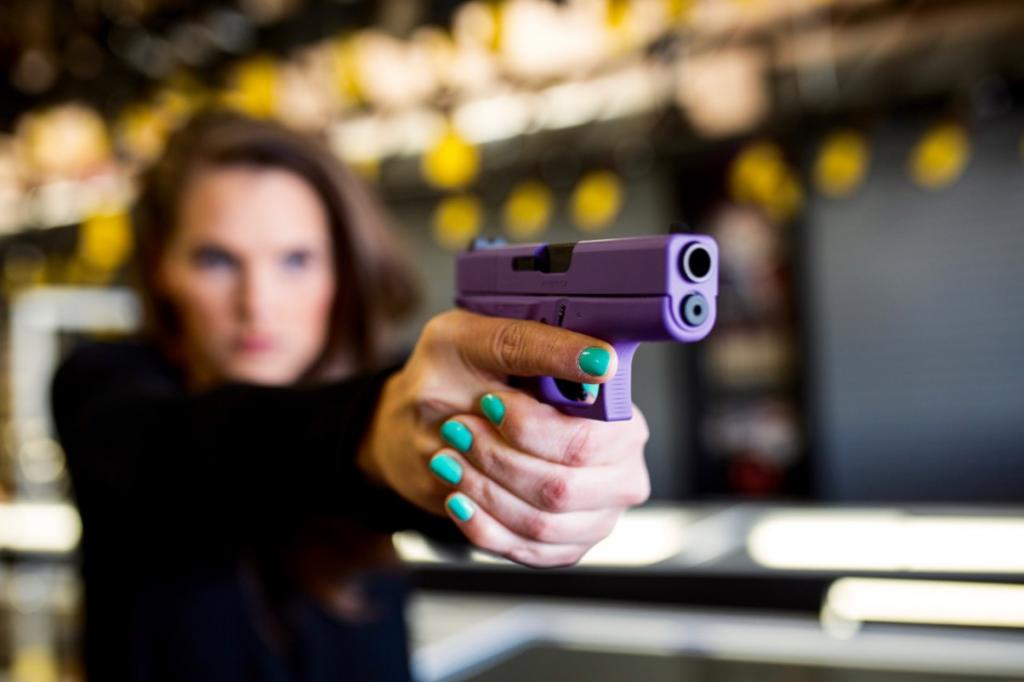
Case with a dramatization
The mind of the criminal elements is so sophisticated that even the writers noticed, if their efforts were used for peaceful purposes, how much good they would bring. Ways of committing and concealing a crime have repeatedly revealed film scenarios. A person is strangled on the floor of a room, then hanged. A team of investigators, forensics determine:
- abrasions from beatings;
- bruises on the neck from the fingers of the strangler; they will not be hidden by the surface furrow from the rope that appeared after death;
- bruising in the area of the auricles;
- the mouth and nose are filled with blood;
- a mess in the room, in the last minutes a person will not leave him, knowing that loved ones will come.
Each crime leaves behind itself traces that are noticeable and invisible, but they are real, which cannot be faked.
Why so many misses?
The staging itself tells the investigator what methods it was completed. The reasons for the failures appear not at the will and desire of the offender:
- fear and excitement overwhelm, nervous state;
- time is short, the noise attracted neighbors and, perhaps, someone called the police;
- experience in criminal manipulations is not enough.
The situation contributes to the creation of a backlash in the thoughts of the interrogators, obvious signs give rise to doubt from false statements.
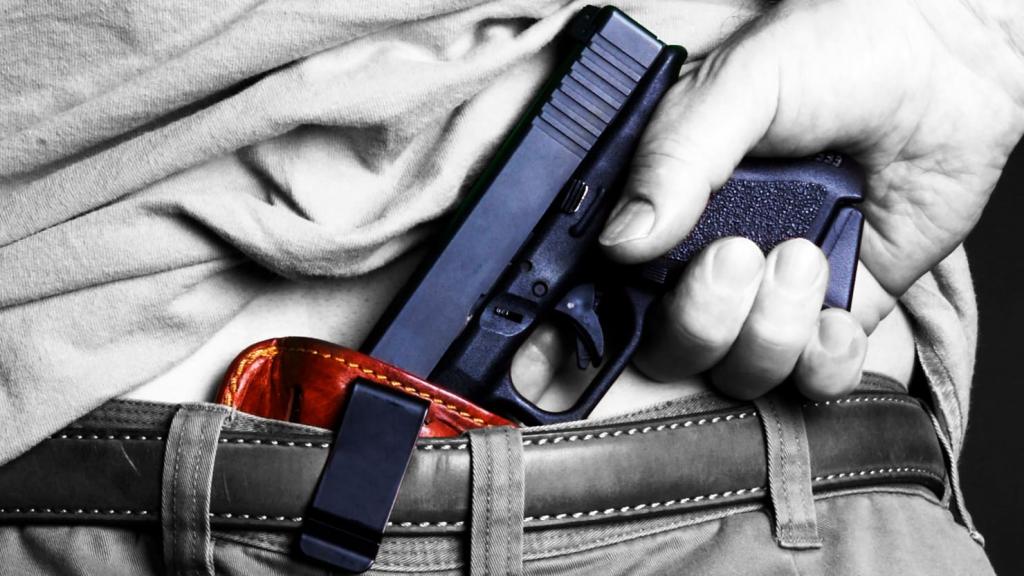
What methods have been recorded by forensics?
Specialists of criminal investigations noted that people who were previously familiar with the murdered and related to things surrounding such places hide misconduct. The elements of concealment include:
- hidden subjects;
- motives;
- target;
- desire to achieve a result.
The methods of concealment of the crime are concluded in different disguises, they can be used if the offender is sure of death and he will have to explain the reasons for the death. In cases where a stranger dies, the killer thinks of his impunity - suspicion will fall on anyone, but not on him. The classification of forensic scientists represents the main methods that use falsifiers in degrees:
- community;
- difficulties;
- prevalence;
- evidence;
- sustainability.
The duration of the concealment also matters, the offender hopes to keep his incognito for a long time. It happens that it is important for him to manage to transfer money from the accounts of the deceased, to draw up an inheritance.
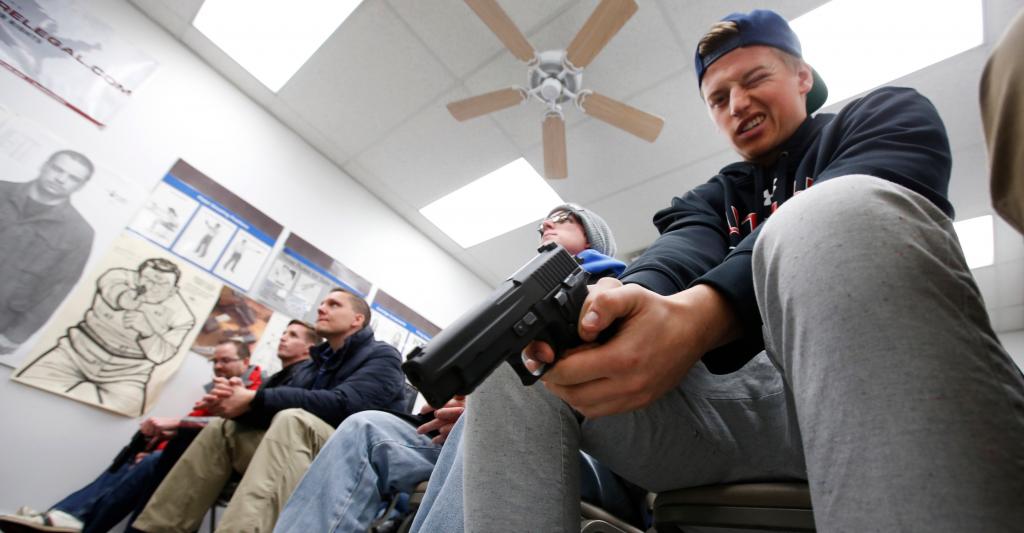
What facts does the law reveal?
Article 316 of the Criminal Code of the Russian Federation on concealment of a crime is listed, which may indicate illegal actions:
- a citizen harbored a criminal in his own apartment, provided housing in another city, moved his own car to a remote settlement, bought a plane ticket;
- provided the killer with cosmetics, clothing to mask his appearance;
- he hid the knife, threw a pistol into the river, buried a tool that committed an illegal act;
- destroyed traces, washed off the guns blood, washed clothes, cleaned shoes.
Responsibility is incurred by a citizen if the deliberate concealment of the traces or of the criminal himself is proved. He realized that he was committing illegal actions. For example, a neighbor asks for a shirt to be scrolled in a washing machine - it doesn’t work, and blood was flowing from his nose, so the thing is dirty. But in this case, the neighbor erases and does not know what she is doing, sincerely confident in her good intentions.
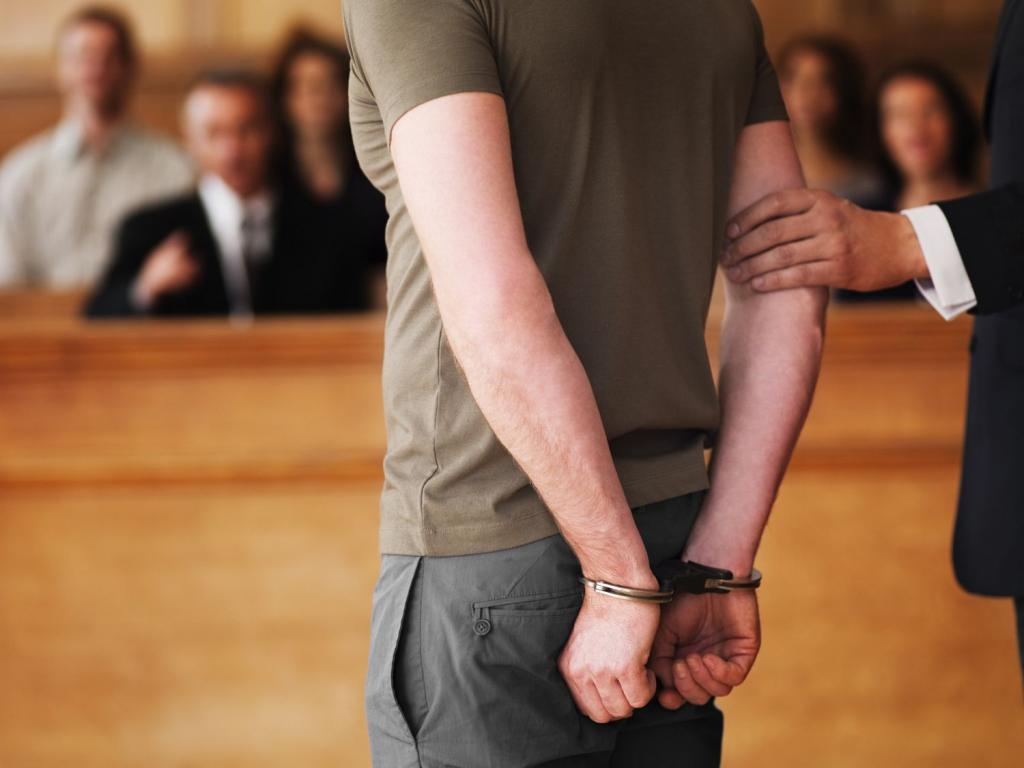
Level of responsibility
Hide criminal acts from law enforcement agencies - actions are punishable and prosecuted under criminal law. Provided that active methods of concealment were undertaken, real assistance to the criminal. For the fact that the witnesses did not report the crime to the police, there is no criminal liability, except for a moral censure. If violations of laws are proven, inevitable punishment will follow. Everything hidden must be revealed. There is an opinion of the older generation that evil tends to return. Not every criminal has the physical and moral strength to live in fear that the punishment will certainly overtake. If a person is an adult and doesn’t hide his own crime, he can be awarded:
- a fine of 20,000 rubles .;
- imprisonment for 2 years;
- to appoint correctional work.
From judicial practice, a murder trial with witness testimonies from two citizens is known. They did not know what the killer was plotting, but when they saw the corpse, they helped take it to the cemetery and bury it in one of the old graves. Witnesses were charged under Article 316 for harboring criminal acts. They were assisted by Article 73 of the Criminal Code of the Russian Federation and a judge who sentenced only 1.5 years probation. Although by all indications they were threatened with article 33 of the Criminal Code of the Russian Federation for complicity. Such a fine line between intentions, actions and concealment. Everything secret sooner or later becomes apparent. Law enforcers are outraged by the loyalty of the laws, because even with harboring serious crimes - conditional punishment or penalties that do not correspond to the level of consequences. It is impossible on the one hand to fight crime when the other covers people, hides evidence, gives false testimonies.
